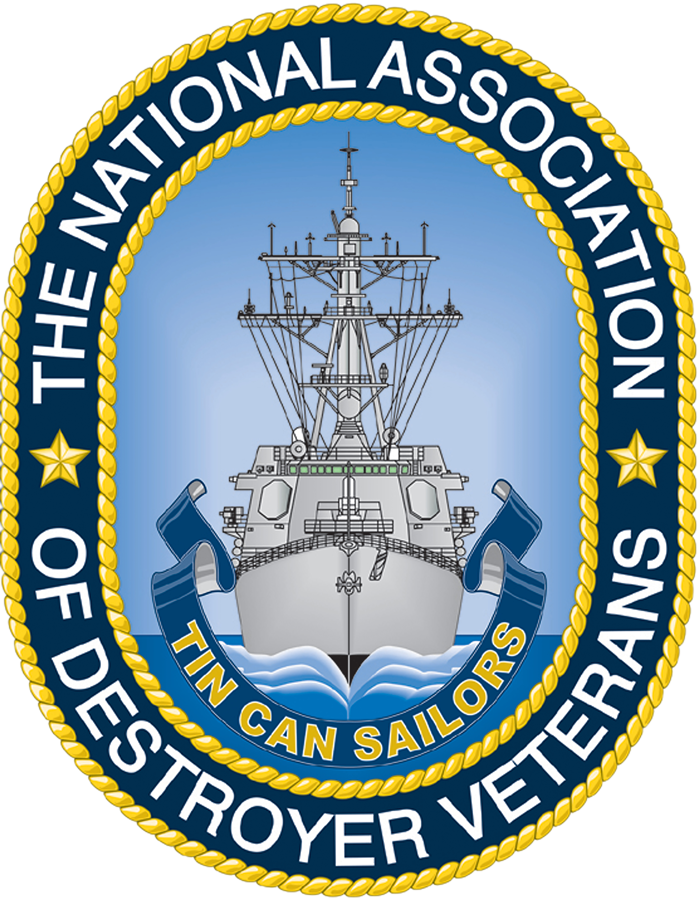Hull Number: DD-319
Launch Date: 07/10/2019
Commissioned Date: 02/07/2021
Decommissioned Date: 03/18/1930
Class: CLEMSON
CLEMSON Class
Namesake: HUGH P. KIDDER
HUGH P. KIDDER
Dictionary of American Naval Fighting Ships, February 2016
Hugh P. Kidder was born in Waukon, Iowa, in 1897. He was awarded the Croix de Guerre with palm and star during World War I for courage and endurance while carrying orders to advanced positions under violent machine gun fire during a period of 9 days. Lt. Kidder was awarded the Distinguished Service Cross for extraordinary heroism near Blanch Mont. France, 2 to 3 October 1918 when he led a small patrol into enemy trenches and captured two strong machine gun positions. First Lieutenant Kidder was killed in action 3 October attempting to better his position in the face of heavy machine gun and artillery fire.
Disposition:
Stricken 7/22/1930, scrapped 1930
